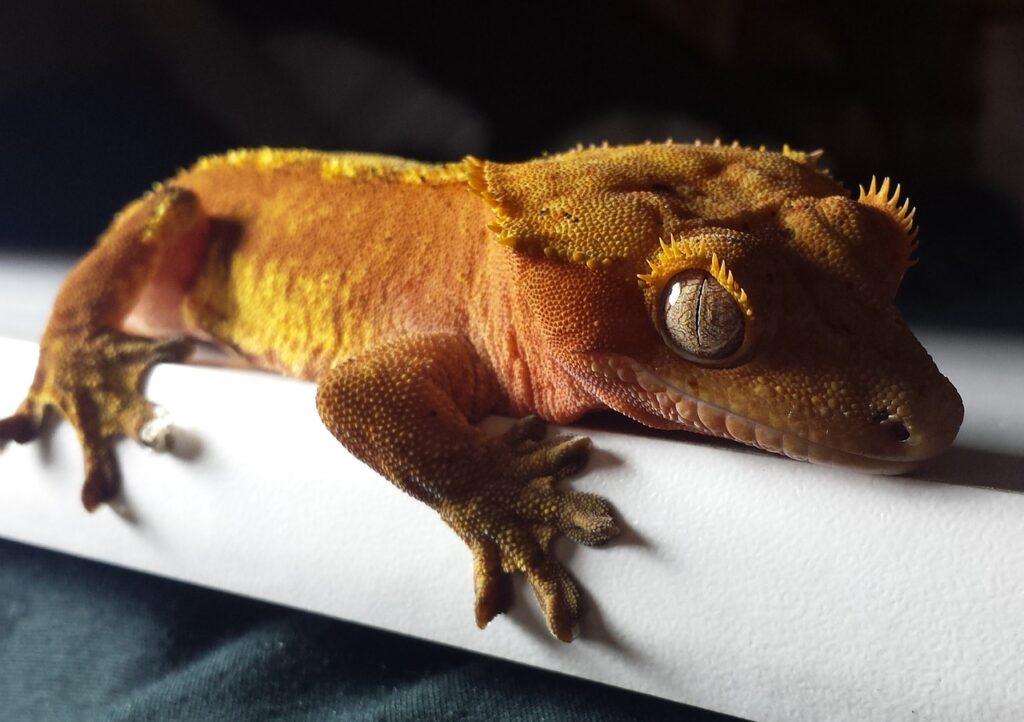Introduction
We are drawn to animals with big eyes for cultural and evolutionary reasons (think babies and cartoon characters). It is natural for us to be attracted to cute creatures with disproportionately large eyes.
This is because they are associated with innocence and vulnerability, meaning we may be more likely to care for them. In addition, they also have a bigger sclera (white part) and iris, which can indicate a larger brain. This signifies that they may be smarter than other animals.
We also emotionally connect to creatures with big eyes because they can draw us into their world, making us feel like we know them, just like a human (how many of us can say no to our pets when they are pleading with us for treats with their ‘please feed me’ gazes?).
Why do some animals have larger eyes?
The brightness of its living environment mostly determines the size of an animal’s eye. Animals with large eyes in a dark environment have had to evolve bigger eyes to see in the dark. There are large-eyed animals across various species (mammals, amphibians, reptiles, fish, and birds).
Many of these live in heavily forested regions and rely on the clarity of sight for survival from predators. An animal’s eye size is directly proportional to its visual acuity, which means that animals with larger eyes are more likely to see things from a greater distance and have better vision than those with smaller eyes.
Animals (including mammals and reptiles) must be able to detect predators and prey from a distance to survive.
Many insects and other creatures, including birds, have large eyes because they are often nocturnal and rely on clear night vision to hunt. The larger the eye, the more light is gathered and processed; this advantage helps them see better in low-light conditions.
Similarly, various sea creatures have large eyes because they also need to see in the dark. Many of these aquatic animals live in the murkiest depths of the ocean, and they need to be able to navigate and spot their prey easily.
Here is a list of some of our fav saucer-eyed creatures (sadly, no gremlins, although a few lookalikes):
13 Animals with Big Eyes
Horsfield’s Tarsier

Horsfield’s tarsier is a type of primate found in South East Asia. This species of tarsier have eyes bigger than their brains. The eyes are are fixed in their sockets, but, like owls, they can rotate their heads almost 180 degrees.
The Horsfield’s Tarsier has a visual acuity that is 10 times greater than humans, and they can see in low light conditions. as well as in complete darkness. The Horsfield’s Tarsier is also known as the Big-eyed Tarsier, or the Philippine Tarsier.
Clubtail Dragonfly

Clubtail dragonflies are known for their ability to see in the ultraviolet spectrum. Clubtail dragonflies have a type of eye called a “compound eye”, which is made up of many smaller eyes called ommatidia. These ommatidia each contain a lens, which helps the dragonfly focus on objects that are close and far away.
The lenses in the curtails eyes are composed of many different colors or wavelengths of light. The club trails can also see colors outside the human range, such as infrared and ultraviolet light. This is because their lenses can pick up wavelengths of light that
are not visible to humans.
Ostrich
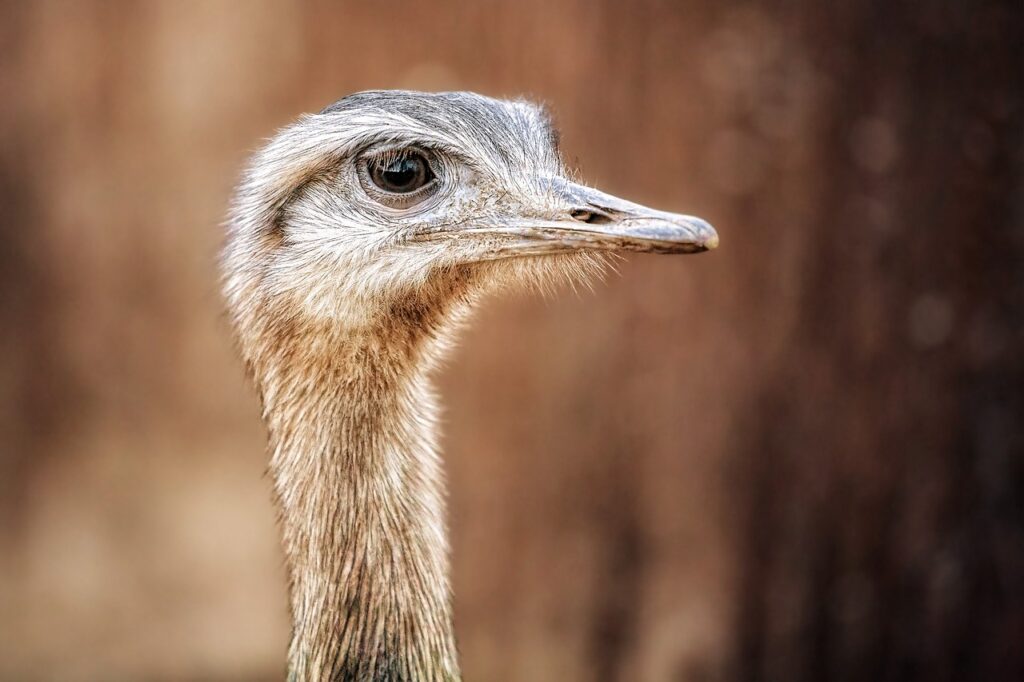
The ostrich is a flightless bird native to Africa and the Arabian Peninsula. Ostriches are the largest living birds in the world and have the largest eyes of any land mammal (5cm). Its acute visual abilities more than compensate for its lack of flight ability.
The ostrich has inner and outer eyelids. The inner has a nictitating membrane used to clean and moisten the eye surface, while the outer lid (with long eyelashes) helps to protect it from dust or other debris. The ostrich has excellent eyesight due to its large size and placement of its eyes on either side of its head.
Owl
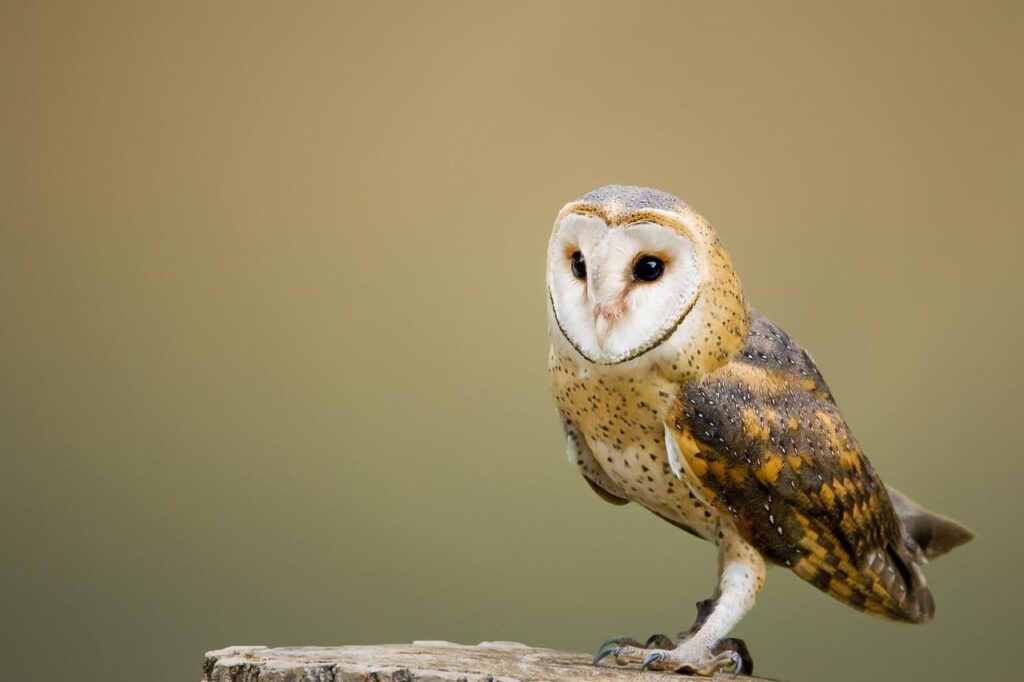
An owl’s eyes and eyesight are much better than a human’s at night (up to 100 times better!), but they have monochrome vision (black and white). The eyes of an owl are located at the front of the head, giving them binocular vision (the ability to see through both at once).
The large circular area around the eye is called a facial disk and helps the owl focus its vision when hunting prey at night. It can swivel its head 135 degrees on either side, allowing it to see in all directions. The Tawny Owl has the sharpest eyesight among any of the species.
Cat

Cats have excellent night vision and can see well in dim light. A cat’s eye has a reflective layer called the tapetum lucidum that increases the sensitivity of its retina to light. This helps cats see at night or in dimly lit areas.
A cat’s vision is monochrome and more near-sighted than a human’s, thus enhancing its hunting and capturing abilities. It does not have a pupil that dilates and contracts like ours but instead has vertical slits. The slit pupils allow more light into the eye when it is dark or less light available (but can become rounded when a cat is ready to pounce).
Chameleon

Chameleons can see things at a 360-degree angle, and can focus independently with each eye, which is one of the best features of these lizards. This allows them to spot prey from far away and forage for food without getting eaten first (as predators). Their eyes are also very good at adjusting to different light levels because of a special layer that changes the light they see into a certain wavelength.
This is the same ‘tapetum lucidum’, that a cat has and can reflect light onto the retina to give it greater sensitivity in dim conditions. They can change their eye color to match their surroundings, making it easier to blend in with their surroundings, avoid predators, and become prey.
Colossal Squid
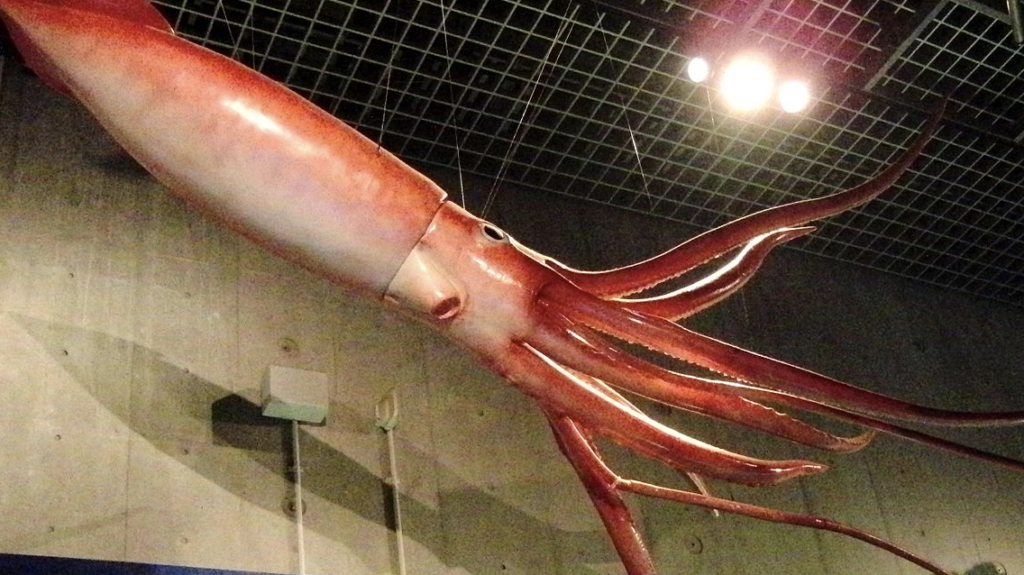
The colossal squid has the largest eyes of all animals (both land and aquatic), measuring an enormous 27cm across. It has both binocular and stereoscopic vision due to the frontal eye placement, meaning it can accurately judge distance and the form of visual stimuli.
The squid’s eye is different from ours in that it doesn’t have an iris or a pupil – instead, it has an oval-shaped lens that helps focus light onto the retina.
The retina comprises photoreceptor cells called rhabdomeric and ciliary photoreceptors, which detect light and convert it into electrical signals for the brain. These distinct types of photoreceptors each have a unique spectral sensitivity.
Mantis Shrimp
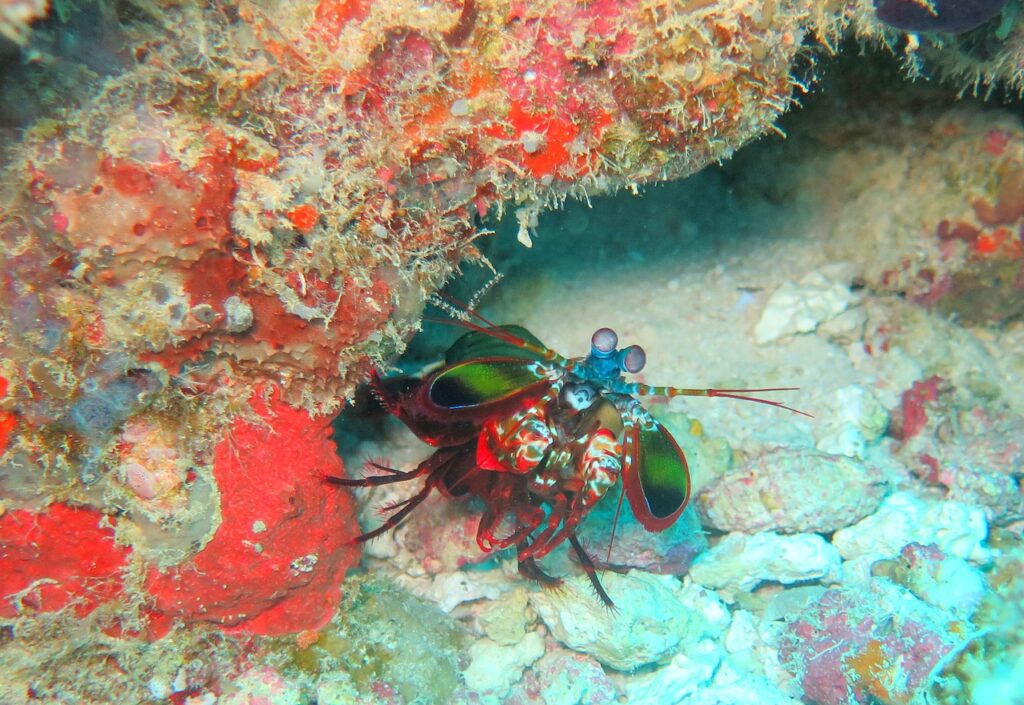
A mantis shrimp’s eyes are located on the top of its head, can move independently, and are split into two parts. The upper part of the eye is called the stalk, and the lower part of the eye is called the cup. The stalks contain photoreceptors that help them see in dark conditions.
The mantis shrimp’s eye can see color and has a wide range of vision.
They have a visual acuity that ranges from 0.4 to 0.6, which is about 10 times better than human beings’ visual acuity. Their peripheral vision is about 180 degrees, meaning they can see behind themselves without turning their head.
They have more than 16 different types of photoreceptors in their eyes, which means they can detect light in a wide range of wavelengths (UV, visible and polarized).
Slow Loris
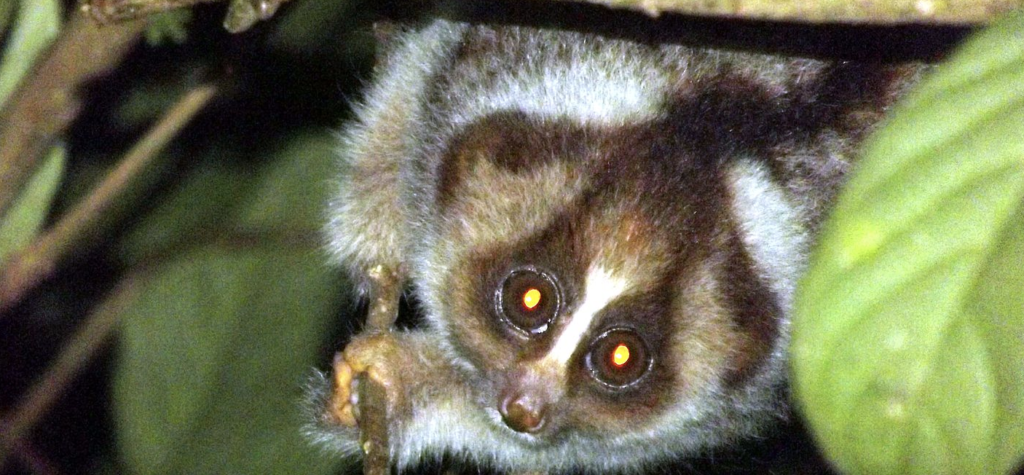
A slow loris is a small primate found in Southeast Asia and India. They have large, forward-facing eyes that are fixed in their sockets so they have to rotate their heads to see things from different angles.
The loris’s eyesight is better at detecting movement than color, which means they are more likely to notice an approaching predator than its fur color.
Like the other nocturnal hunters, the slow loris has a tapetum lucidum membrane, which reflects light through the retina, enhances night vision, and makes their eyes visible to predators with torch lights.
Red-eyed tree frog
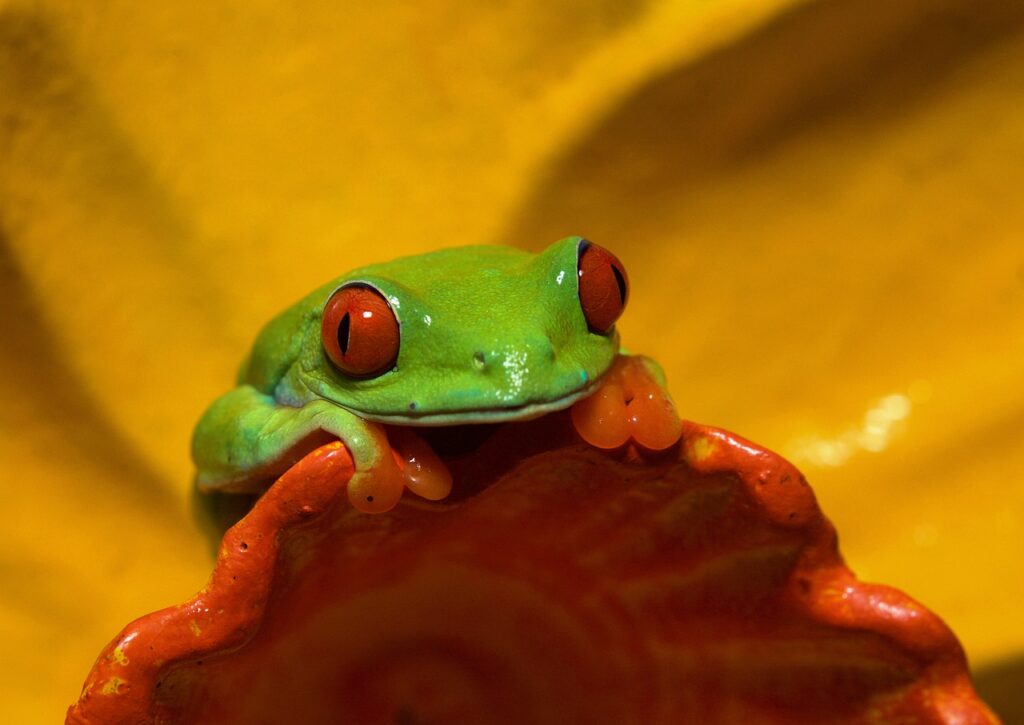
Its startling red eyes are on either side of the head and are positioned near the top. They can move independently and can be rotated to look up and down.
The frog has an additional photoreceptor rod to humans allowing it to absorb a higher level of blue light and has a wider field of vision than we have at almost 360 degrees.
Gecko
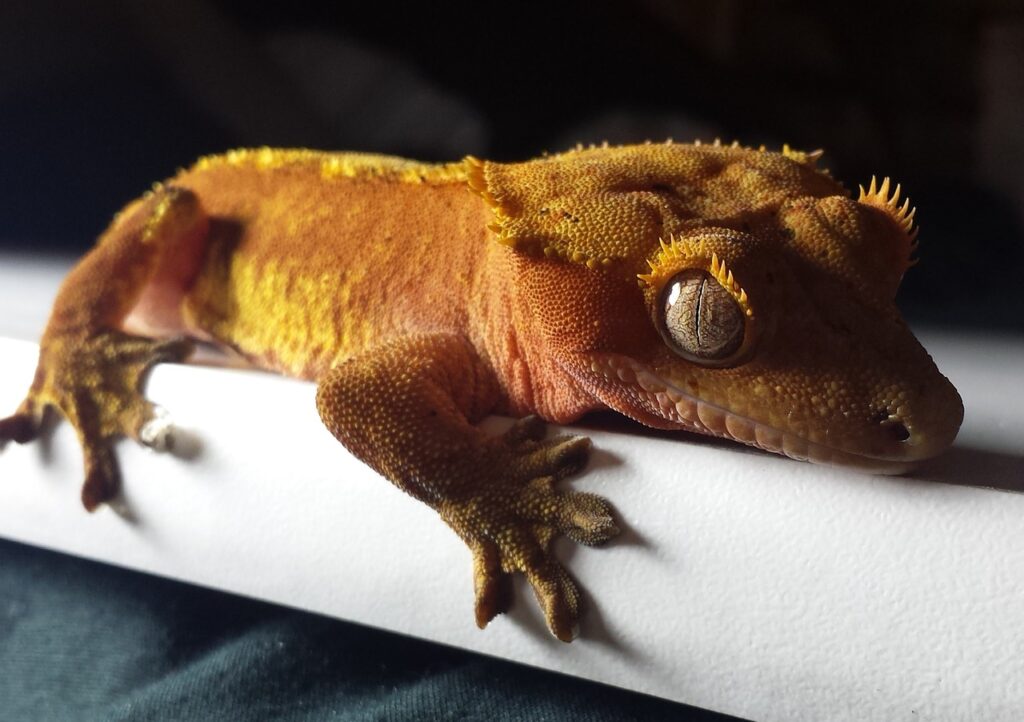
Geckos have very sensitive eyes that allow them to see in the dark and color, unlike most vertebrates. The gecko’s eyesight is so good that they can even see the tiny movements of insects from a distance of ten feet.
Their pupils dilate and contract based on how much light around them, allowing them to adjust their vision levels accordingly.
Lemur
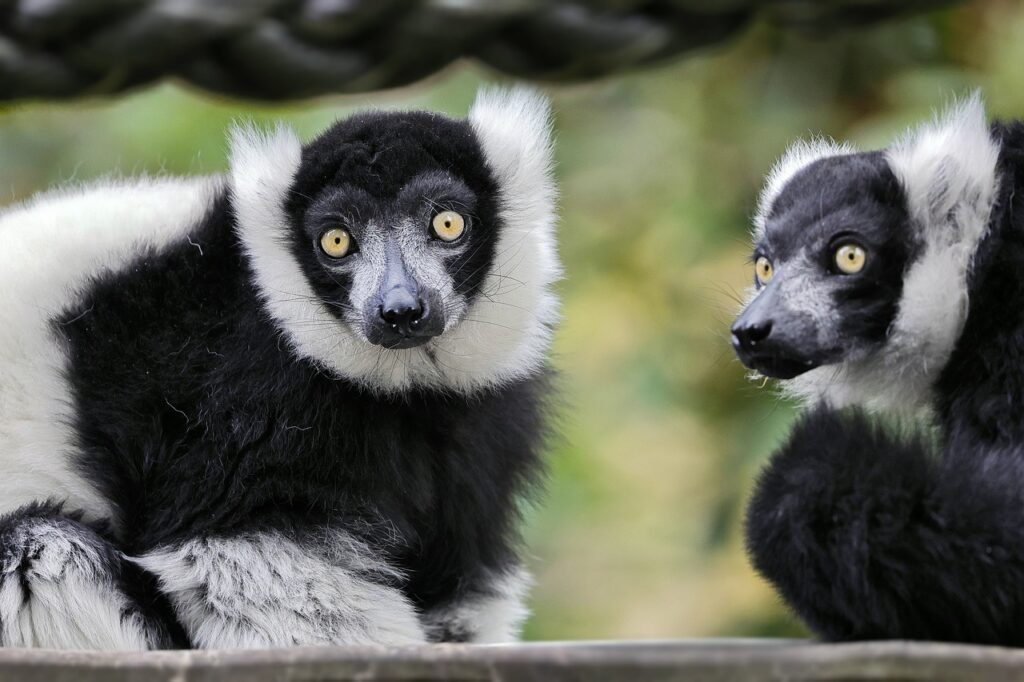
Lemurs are endemic to the island of Madagascar and are found in many different habitats. Lemurs have a large range of
eye shapes that vary depending on their habitat.
A lemur’s eyesight is not as good as a human’s during daylight hours as it detects fewer colors. This is because, unlike humans, lemurs have a tapetum lucidum that enhances night vision but limits the color spectrum.
Galago
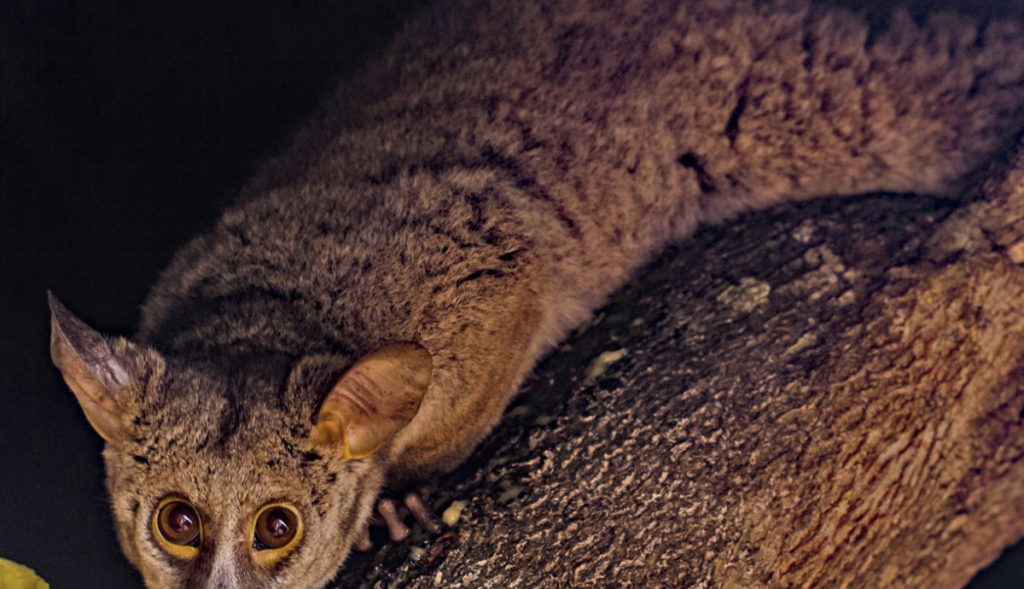
Despite the galago’s huge eyes, they rely more on their senses of smell and sound to detect movement.
Their color range and acuity is inferior to ours, but, like the owl, they can turn their heads almost 180 degrees to each side which allows them a wider visual range. As with all the animals on our list, their night vision is often superior to ours!
Conclusion
So next time you look deep into your pet’s eyes, marvel at the biological and evolutionary complexities behind their eye size, structure, position, and abilities (even if they are not on our list!).

